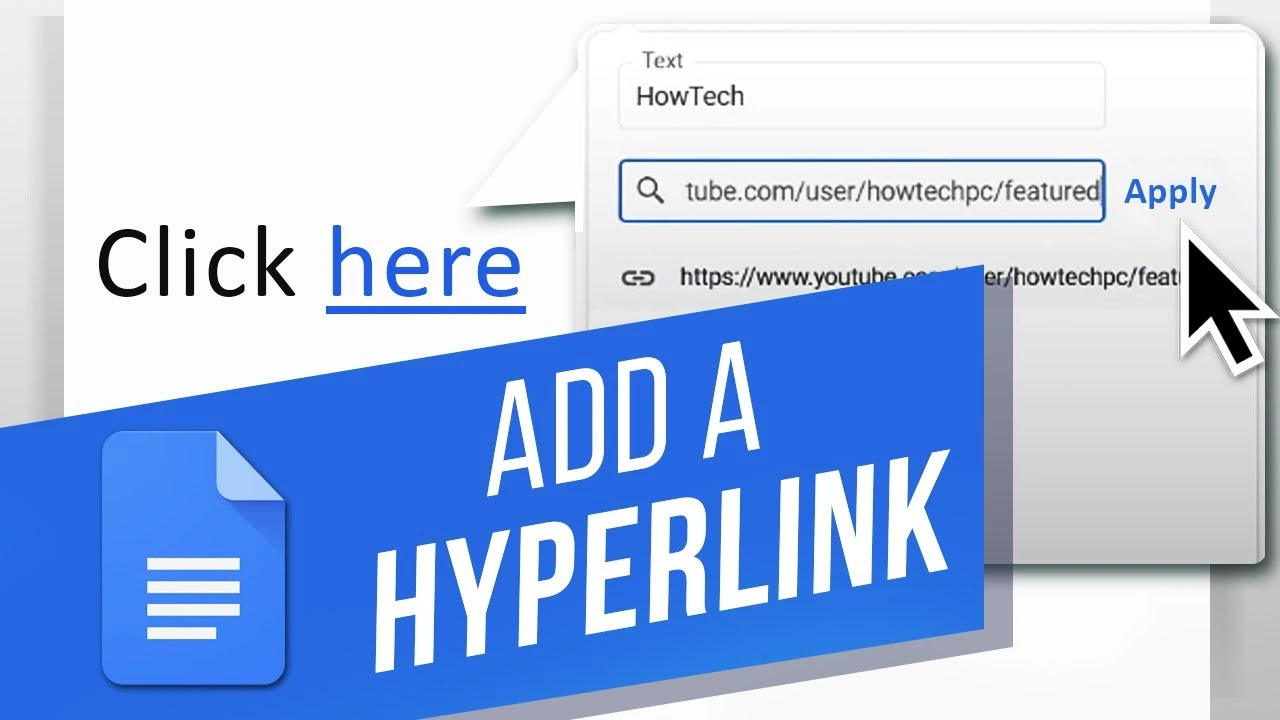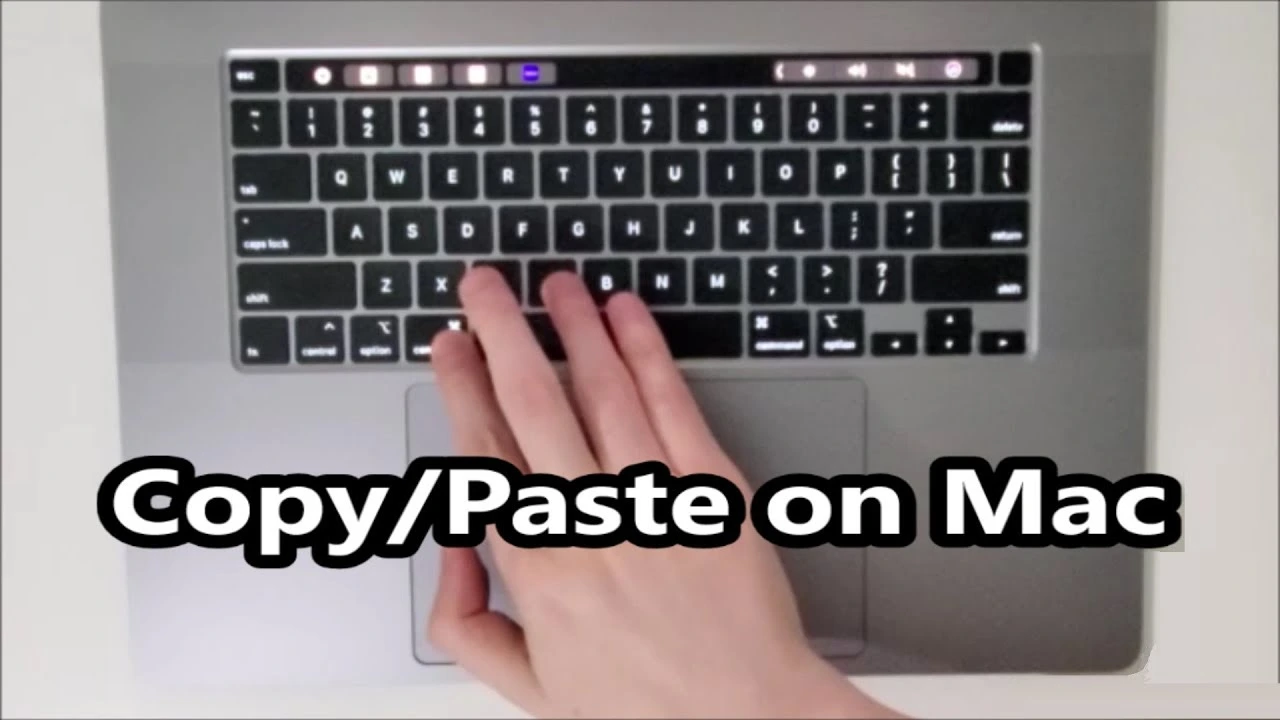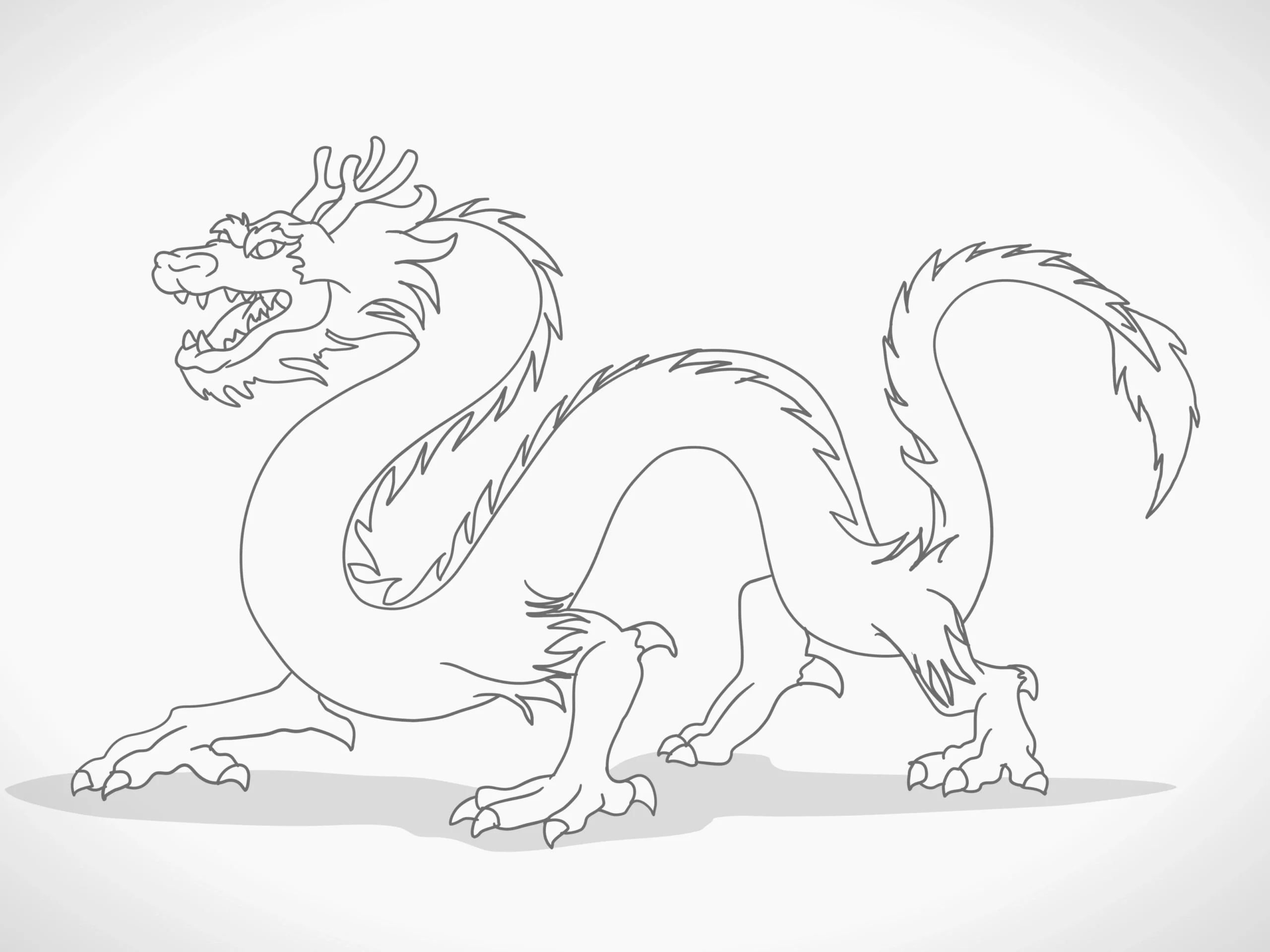Hyperlinks point to a whole document or a specific element within a document.
A hyperlink is a word, image or phrase that a computer user clicks to open another piece of digital content. It may open to another webpage, video or file that provides additional information.
Important points about this are as follows:
Web address
Audio files
HTML files
Image
Text or document files such as PDFs
Another page within the same websites
Table of Contents
Types of hyperlink
There are different types of hyperlinks:
Text links
Image hyperlink
Anchor links
Email links
Download links
Text Links
Text links, also known as hyperlinks, are clickable text that takes you to another web page or a different part of the same page.
How to make Text Links described are as follows
To create a text in a link in HTML,you see the `<a.` tag with the `href` attribute,like this: `<a href=”URL”>Link Text</a>`. Replace “URL” with the web address and “Link Text” with the text you should want to be clickable.
Image Hyperlink
An image hyperlink is an image that, when clicked, leads to another webpage or a different section within the same page.
To create an image hyperlink, you wrap the <img>tag with an <a>tag.
Anchor Links
Anchor links, also known as jump links, are hyperlinks that allow you to jump to a specific section within the same webpage.
To create an anchor hyperlink, you must create two distinct parts: the target anchor and clickable link.
Email Links
An email link, also known as a mail to link, is a hyperlink that, when clicked, opens a new email message in the user default email program, with a predefined recipient.
To create an email hyperlink,in HTML use the <a> tag with href=mail to:email@
Download Links
A download link is a hyperlink that,when clicked,initiates the download of a file from the web server to the user’s device.
To create a download link in hyperlink, you can use the HTML `<a>`tag with `href` attributes set to the files URL and the `download` attribute.
How to make a hyperlink in word learn with following steps:t w
1.Open the Text Editor
It’s a fundamental tool for writing code, taking notes, and creating documents without any formatting. Unlike word processors (like Microsoft Word), text editors focus solely on the text itself, without features like font styles, images, or complex layouts
Here’s Breakdown
Purpose: Primarily used for writing and editing text-based content.
Features: Basic functionalities like typing, copying, pasting and saving text. Many text editors also include features like search and replace, syntax highlighting ( for code ), and line numbering.
Use Cases: Writing code, editing configuration files, taking notes, creating simple documents, and more.
In Essence: A text editor is a simple, lightweight tool for working with text without any extra formatting or complexity.
2.Highlight Text
In a document, a hyperlink may point to a whole document or to a specific element within a document. Hyperlinks are often highlighted, such as with blue text or an underline, so you know click on them. A highlight in a hyperlink is the visible, clickable part of a hyperlink. It’s the text that a user sees and interacts with to navigate to another webpage or resources.
You can use highlight text in a hyperlink using CSS.Use the `<a>`tag to create the hyperlink and then apply CSS to change the text appearance
3.Locate the Link Icon
The link icon in hyperlink is typically not a standard feature. Hyperlink usually uses highlighted or underlined text to indicate their process. However, some websites or applications might use a specific icon to visually represent a link.
You can’t directly “locate” a link icon within a hyperlink using HTML alone. However, you can add an icon to a hyperlink using CSS.
Benefits of using Hyperlinks
How to make Hyperlink
Improves Credibility
To improve the credibility of hyperlink, ensure the linked content is relevant, accurate and from a reputable source. Also, use clear, descriptive anchor text that accurately reflects the linked content.
To enhance the credibility of a hyperlink, consider these points:
Source reputation: Link to websites known for their reliability and expertise.
Up-to-Date information: ensure the linked content is current and accurate.
Avoid Broken links: Regularly check and update your links to prevent broken links,which can damage credibility.
Context Matters: Place links in a relevant context to enhance their value and trustworthiness.
Transparency: Be transparent about your sources and any potential biases.
Generate Page View
Another benefit of including hyperlink is increasing the number of page views you gain from a single record viewing your webpage. Generating a page view in a hyperlink involves tracking when a user clicks on the link and views the destination page. This is often done using analytics tools that monitor user interactions. When a user clicks the hyperlink, the analytics tool records a page view for the destination URL. This data helps website owners understand user behaviour and track the popularity of linked content.
Helps with SEO
From an SEO perspective, hyperlinks help distribute “link equality” across the web, which can boost a website’s rankings. Also, linking to relevant, authoritative sources can enhance a page’s credibility and signal to search engines the value of your content.
Enhance User Experience
Hyperlinks enhance user experience by enabling seamless navigation, allowing users to access additional information, and improving content organization. They make it easier for users to explore related topics and find the information they need quickly.
Other pages you link to include:
An online store.
A subscription page.
Your homepage.
A web document.
A table of content.
Tips for making Hyperlinks
When making hyperlinks, use descriptive anchor text that accurately reflects the linked content. Make sure the links are relevant to the surrounding text, and always text your links to ensure they work. Also, consider using a different color or underline to make the links easily identifiable.
Here are few tips to consider when creating hyperlink:
Maintain consistent Formatting
Maintaining consistent formatting means ensuring all hyperlinks have uniform style, such as the color, underline, and hover effects. This consistency enhances readability and provides a professional look.
Read more deep searched content at ThinkBook
Text your Links
Try to check your link after inserting them. This helps you make sure the link works and that it connects to the content you are interested in and how to make a link clickable. By double checking your links, you can ensure that they work as expected for your readers, which can help them have a positive experience using your content.




One thought on “What is a Hyperlink? How To Make a Hyperlink? – Simple Steps Guide”